You've built an incredible software product. Your team is fired up, and you're ready to show the world what you've created. You set up a demo, gather your prospects, and then... crickets. Your audience looks as engaged as teenagers in a tax seminar. That’s not surprising—57–70% of B2B buyers are already deep into their research before they even talk to a salesperson. You have to clearly prepare an engaging product demo script to successfully respond to the audience expectations.

You're not dealing with a product problem – you're dealing with a script problem. The difference between a compelling product demo that converts and one that puts people to sleep isn't your product's capabilities. It's how you explain and present your product's story to your target audience.
A well-crafted product demo script is like a GPS for your software demonstration. Without it, you're wandering around aimlessly, hoping you'll stumble upon something interesting. With it, you're guiding your audience through a carefully designed sequence of steps from problem recognition to "where do I sign?"
This guide will show you how to create product demo scripts that don't just showcase key features – they drive decisions, generate qualified leads, and improve your sales process. Whether you're presenting a B2B SaaS solution or any other type of software, these techniques will help you craft presentations that convert.
What is a product demo script and why effective product demo techniques matter
Think of a product demo script as the blueprint for your software's starring role. Just as no movie director would let actors improvise their way through a blockbuster, smart marketers don't wing their product demonstrations. A software demo script is your structured roadmap that guides prospects from curiosity to commitment.
The best product demo scripts are designed frameworks for emotional and logical persuasion. They don't just inform customers about features – they transform prospects from vague dissatisfaction with their current situation to clear vision of how your product can solve their specific pain points.
Core components every demo script should include
Every winning product demo template has the same essential DNA, regardless of industry. First, you need a strong opening that captures attention immediately. Your introduction should feel like reuniting with an old friend who just happens to solve your biggest challenge. You're establishing credibility and showing you understand their world.
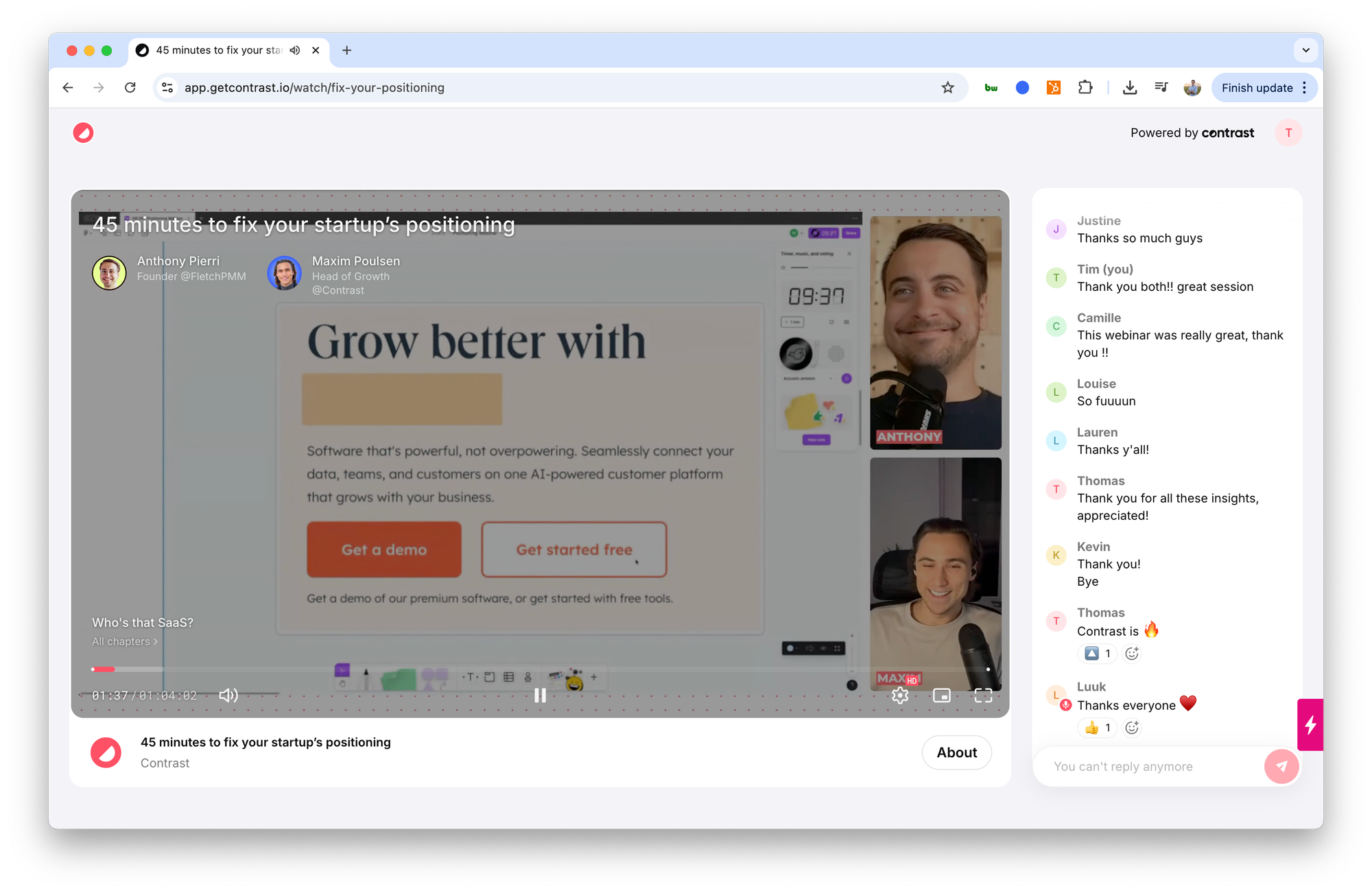
The problem identification phase is where you become part detective, part expert consultant. You're helping prospects recognize hidden costs of maintaining the status quo. The solution showcase is where your product takes center stage, but remember – features tell while benefits sell. Focus on outcomes that create urgency.
Strategic objection handling should be woven throughout your demo, not tacked on at the end. The goal isn't to overcome objections through pressure – it's to address common objections through understanding. Finally, every script needs a strong call to action that feels like the natural next step, not a jarring shift to sales pressure.
How product demo scripts showcase value and drive business results
The key insight is that demos aren't about your product – they're about your customer's transformation. Your script should paint a vivid picture of their life before and after your solution. When prospects can envision themselves successfully using your software, the technical evaluation becomes secondary to the emotional commitment.
Effective product demo scripts create emotional investment before logical evaluation. They help prospects fall in love with the destination before they worry about the journey. The best scripts also handle competitive differentiation without getting into overwhelming feature wars – they make competitors irrelevant by changing the evaluation criteria.
Your demo script becomes a powerful tool for ensuring consistency across your sales team. Each sales rep can deliver the same high-quality experience while maintaining their personal tone and style.
Common mistakes in demo scripts that kill engagement
The number one script killer is feature overload – trying to showcase every capability instead of focusing on what matters most. It's like describing every ingredient in a five-course meal instead of letting people enjoy the experience.

Many software demos become "feature tours" without connection to business outcomes. Without context and clear messaging, features are just functionality – and functionality doesn't drive purchase decisions. Poor timing and pacing mistakes are equally destructive, leaving audiences confused, bored, or both.
Failing to tailor scripts for different audiences is devastating. A script for technical evaluators will bore business decision-makers, while executive-focused content frustrates analysts who need implementation details. Additionally, not addressing objections proactively and failure to engage the audience throughout the demo creates missed opportunities.
How to write a compelling demo script: crafting your narrative framework
Writing a product demo script is like crafting a movie screenplay where every line of dialogue serves a purpose. Your script is the written foundation that transforms a feature tour into a compelling story. The difference between a converting demo and a forgettable one often comes down to the exact words, phrases, and sequence you choose.
Think of your script as the DNA of your demo – it contains all the essential elements that make or break your presentation. Every transition, every question, every explanation needs to be carefully crafted and documented to ensure consistency and effectiveness across your team.
Understanding your audience to speak to your target market
Before writing a single word, become a behavioral expert studying your target market. You're diving deep into what motivates them – the pain points, fears, and aspirations that drive decision-making behavior. What specific pain keeps your prospects awake at night? Understanding these emotional undercurrents is infinitely more valuable than knowing budget ranges.
Great product demo scripts speak the language of the user, not the vendor. CFOs want ROI and risk mitigation. IT managers need integration complexity and security protocols. Marketing managers care about campaign performance and lead quality. Your script should feel crafted specifically for the person across from you.
Research isn't just about gathering information. It's about finding the emotional triggers that turn browsers into buyers. What transforms a nice-to-have into a must-have? These insights become the foundation of your narrative framework.
Define clear objectives and key messages for your demo
Every great product demo script has a clear goal – a crystal-clear objective that guides every word choice. Are you generating qualified leads or closing immediate sales? Different objectives require different script architectures and different types of strong call to action.
Your main message should be memorable, repeatable, and ownable. Think of them as hooks that stick in minds long after your demo ends. Follow the rule of three: three main points, three supporting examples, three key benefits. Human brains love this pattern – it's complex enough to be substantial but simple enough to remember.
Each key message should also have multiple support structures. Stories that illustrate it, data that proves it, and examples that make it tangible. This ensures your audience stays engaged regardless of their preferred learning style.
Structured document planning and content mapping
Think of your software demo script as an architectural blueprint for an experience. Every section serves a specific purpose in your narrative arc. The sequence of steps creates momentum that either accelerates toward your desired outcome or gradually dissipates into confusion.
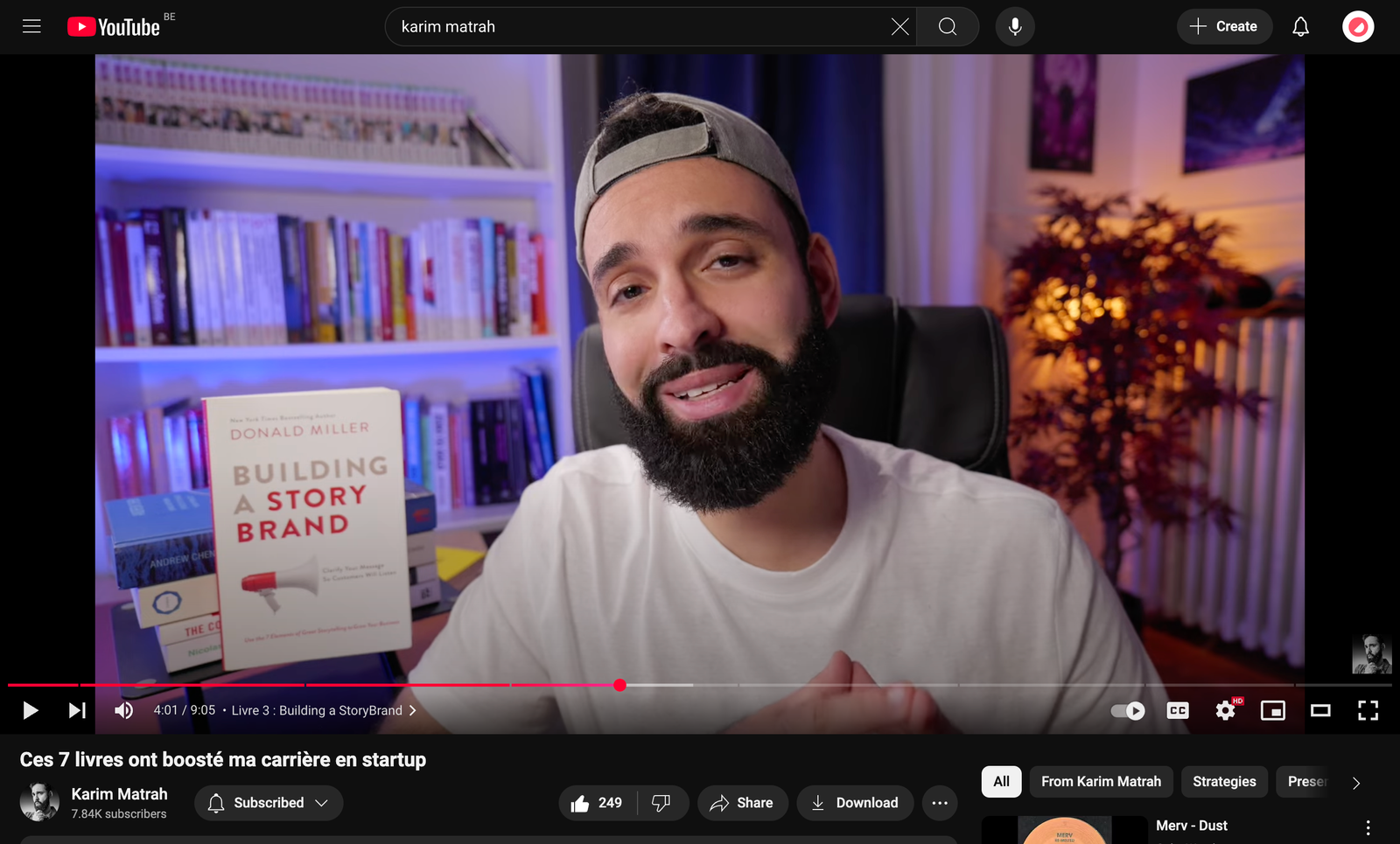
Content mapping should account for different learning styles and information processing preferences. Some prospects need the big picture before details, others prefer understanding components first. Your script should provide multiple pathways through the same core content while building toward the same conclusion.
Planning should also include strategic pause points where you can gauge audience engagement. These aren't just breathing spaces – they're decision points where you determine whether to speed up, slow down, or go deeper based on feedback you're receiving.
How to structure a product demo presentation: the proven framework
Think of your demo structure like a compelling Netflix series: hook that captures attention, character development that builds connection, rising action that creates tension, and satisfying resolution that feels inevitable. Each segment should flow naturally into the next, creating momentum toward your desired outcome.
The biggest mistake demo creators make is jumping straight into product features without establishing context or building rapport. Your audience needs motivation before they're ready to evaluate solutions.
Creating an introduction that captures attention
Your opening 60 seconds determine whether your audience mentally checks in or checks out. You need a pattern interrupt – something unexpected that signals this experience will be different from typical vendor pitches. But your hook must be relevant, not just clever.
Effective techniques include surprising statistics that reframe familiar problems, provocative questions that challenge assumptions, or brief stories that mirror your audience's experience. "How many of you have experienced that sinking feeling when you realize your project report is based on outdated data?" immediately creates connection with anyone who's dealt with data quality issues.
Your introduction should also set clear expectations and build confidence. Tell them what you'll cover, how long it takes, and what key takeaways they'll gain. When people know what to expect, they can focus on your message instead of wondering when you'll get to the point.
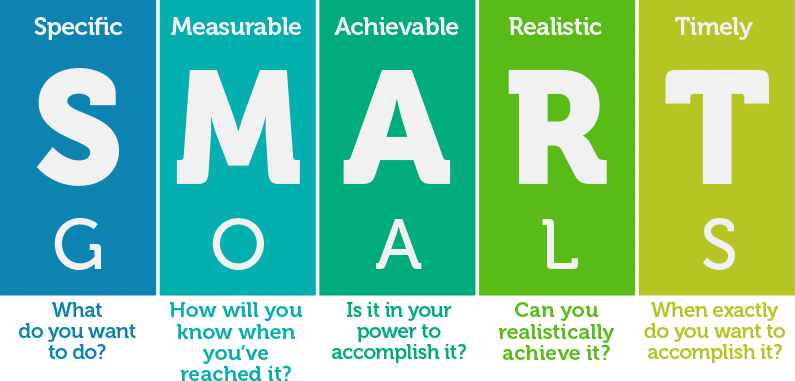
The credibility establishment portion of your introduction serves multiple purposes simultaneously. You're demonstrating market understanding, establishing subject matter expertise, and creating confidence that you can deliver on whatever promises you're about to make.
Problem identification and clear explanation of what you solve
This is where you become a mirror, reflecting back your audience's reality in ways they might not have articulated. The goal is helping them see familiar situations from new angles that reveal insights and opportunities.
Great problem identification feels like mind reading. "You know that feeling when you're creating a board report and realize customer data is scattered across six different systems that don't talk to each other?" That's empathy in action, not product pitching.
Build tension without creating anxiety. You're helping them recognize the gap between where they are and where they want to be. Effective problem identification also connects individual pain points to broader business impacts – showing how wasted hours compound into missed opportunities and competitive disadvantages.
Showcasing primary features and key benefits
Here's where most demos fail: they become feature tours instead of transformation stories. Your audience doesn't care about your interface design or technical architecture. They care about what these capabilities mean for their daily work and quarterly results.
Every feature you highlight should answer "So what?" Your software integrates with popular project management tools? So what? It means their team stops losing tasks in email threads and starts delivering projects on time. The secret is connecting features to outcomes through benefits that get more specific and personal.
Demonstrate your product in action with real data and workflows that mirror prospects' situations. Show the application solving actual problems they face. The goal is helping them envision themselves using your solution successfully, not just understanding how it functions theoretically.
This section should also demonstrate your solution's ease of use. Address implementation anxiety by showing how simple it is to get started. Consider offering a free trial or pilot program to reduce perceived risk and maximize confidence in your offering.
Sample product demo scripts that convert: proven templates and examples
The best way to understand effective script writing is to see it in action. Here are real examples of script segments that consistently drive engagement and conversions across different scenarios and industries.
These templates provide the exact language, structure, and flow that you can adapt for your specific product and audience.
Opening script template for B2B SaaS demos
Strong opening example:"Good morning everyone. I'm [Name], and in the next 25 minutes, I'm going to show you exactly how [Product] helped companies like [Similar Company] reduce their project delivery time by 40% while improving team collaboration.
But before we dive into the solution, let me ask you this: How many of you have experienced that frustrating moment when you're preparing for a client meeting, and you realize the project status you need is scattered across five different tools, three email threads, and two Slack channels?
If you're nodding right now, you're not alone. This is exactly the challenge that led us to build [Product], and it's what we'll solve together today."
Why this works: Specific outcome promised, relatable pain point, immediate engagement through direct question, social proof through nodding.

Create interactive demos on Contrast
Start for free with up to 30 registrants. No credit card needed.
Start for freeProblem-to-solution transition script
Effective transition example:"So we've established that fragmented project visibility is costing teams 8-12 hours per week in status hunting. Now, imagine if instead of digging through multiple systems, you could get complete project visibility in under 30 seconds.
Let me show you exactly how that works. [Screen transition to product]
This is our unified dashboard. Notice how everything you just described – task status, team workload, timeline risks – it's all right here in one view..."
Why this works: Acknowledges the pain, creates desire for solution, smooth visual transition, immediate benefit demonstration.
Objection handling script templates
For budget concerns:"I understand budget is always a consideration. Let me put this in perspective – if this solution saves your team just 2 hours per week, that's [calculate value] annually. Most companies see ROI within their first month, and we offer a 30-day money-back guarantee to ensure you're completely confident in your investment."
For implementation concerns:"Great question about implementation. Our average customer is up and running in under 48 hours. Here's what that looks like: Day one, we import your existing data. Day two, we train your team – and we're talking about a 15-minute training session, not a complex onboarding process."
Closing script with strong call-to-action
High-conversion closing example:"So let me summarize what we've covered: [Product] eliminates the 8-12 hours your team currently spends on status hunting, provides real-time visibility into project risks, and improves delivery timelines by an average of 40%.
The question isn't whether this would help your team – we've clearly established that. The question is: how quickly do you want to start seeing these results?
I have two spots available for implementation next week. If you're ready to move forward, we can get you started immediately. If you need a bit more time, I can hold a spot for you until Friday. What makes the most sense for your timeline?"
Script writing techniques and language optimization
The words you choose in your script can dramatically impact conversion rates. Certain phrases create psychological engagement while others create resistance. Understanding these linguistic triggers helps you craft more persuasive scripts.
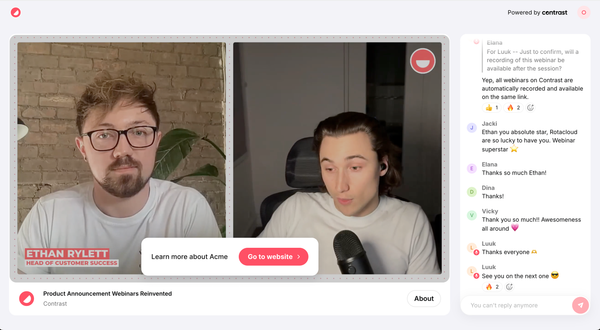
Effective scripts use specific copywriting techniques that have been proven to influence decision-making. These aren't manipulation tactics – they're communication methods that help prospects better understand value and feel confident in their decisions.
Power words and phrases for demo scripts
Engagement starters that work:
- "Imagine if..." (creates future pacing)
- "What if I told you..." (builds curiosity)
- "Here's what's interesting..." (maintains attention)
- "Notice how..." (directs focus)
- "The difference is..." (highlights value)
Transition phrases that maintain flow:
- "Building on that point..."
- "Now that we've established..."
- "Taking this one step further..."
- "Here's where it gets really interesting..."
Confidence-building language:
- "Companies consistently report..."
- "The data shows..."
- "What we typically see is..."
- "In practice, this means..."
Script tone and personalization by audience
For executive audiences (C-level):Focus on strategic outcomes and business impact. Use language like "strategic advantage," "competitive positioning," "market opportunity," and "ROI acceleration."
Script example: "This isn't just about improving efficiency – it's about positioning your company to capitalize on market opportunities 40% faster than competitors who are still managing projects manually."
For technical audiences (IT/Engineering):Focus on implementation, security, and integration. Use language like "seamless integration," "robust architecture," "scalable solution," and "technical specifications."
Script example: "From a technical perspective, our API-first architecture means integration with your existing stack takes hours, not months. Everything runs on enterprise-grade security protocols with 99.9% uptime SLA."
For operational audiences (Managers/Directors):Focus on day-to-day improvements and team efficiency. Use language like "streamlined workflows," "team productivity," "reduced friction," and "immediate impact."
Script example: "Your team will notice the difference immediately. Instead of spending mornings hunting for project updates, they'll have complete visibility before their first coffee."
Effective product demo techniques to engage your audience
Engagement isn't about entertainment – it's about investment. When your audience actively participates, they're not just learning about your product; they're imagining themselves using it and taking psychological ownership of the outcomes.
Modern attention spans during business presentations hover around eight minutes. You need strategic interaction points every five to seven minutes to keep your audience engaged. These interactions must serve your narrative purpose while providing genuine value.
Interactive elements that maintain attention throughout
Strategic questions serve multiple purposes: keeping people engaged, gathering audience intelligence, and creating micro-commitments. "How many experienced this specific pain point last month?" gets hands raised and creates community around shared challenges.
Polls and real-time feedback transform your demo from monologue to conversation. When you ask "What percentage of time does your team spend on manual data entry?" and display results immediately, you're showing that others share similar struggles. This social proof helps overcome the "maybe it's just us" mentality.
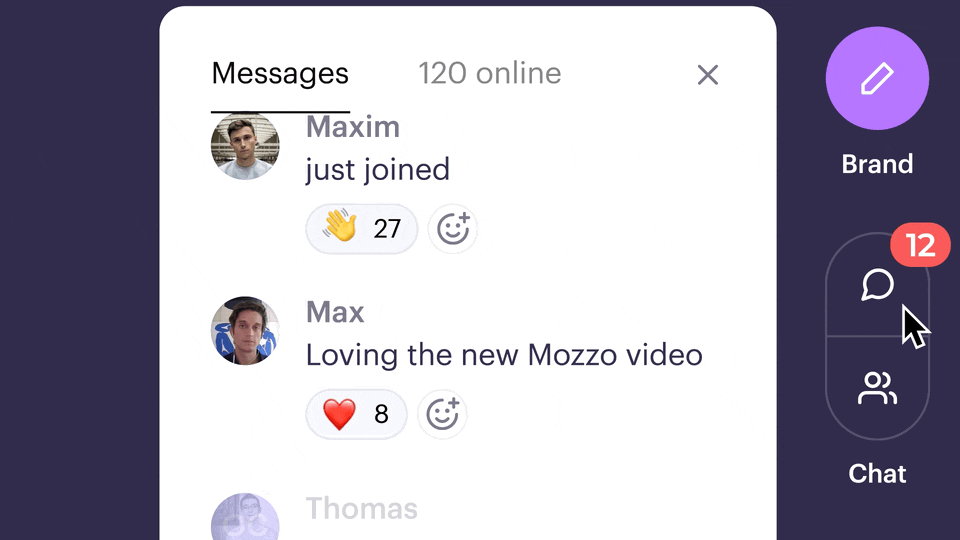
The key to successful interaction is making participation feel valuable rather than forced. People engage when they believe their input matters and when they're learning something useful through the process. Design interactions that reveal insights about their current situation while advancing your narrative.
Technology platforms now offer sophisticated interaction capabilities. Screen annotation lets participants contribute visually to your demonstration. Breakout rooms allow for small group discussions within larger presentations. Choose tools that best serve your specific objectives and audience preferences.
Storytelling techniques that connect and persuade
Stories aren't just nice additions – they're the primary delivery mechanism for key messages because they help people see themselves in similar situations. The most effective demo stories follow simple structure: character, conflict, resolution, reflection.
Customer success stories provide social proof and future pacing simultaneously. When prospects hear about someone like them solving similar problems, they're envisioning their own success story. Choose stories that mirror your audience's situation as closely as possible.

The reflection portion helps prospects apply lessons to their situation. "What Sarah's experience shows is that the right solution transforms how teams approach project management entirely" helps people understand broader implications beyond immediate problem-solving.
Case studies work particularly well when they demonstrate measurable outcomes. Share specific metrics that show how your product helped improve efficiency, reduce costs, or increase revenue. Real life examples with concrete results build credibility and help prospects calculate potential ROI.
Demo script templates for different formats and winning approaches
Different demo formats require different script structures and writing approaches. The language, pacing, and interaction cues that work in a live presentation need adaptation for video recordings or individual meetings.
One-on-one sales demo script structure
Individual demo scripts need built-in flexibility markers – places where you adapt based on responses. Include bracketed notes like [ADAPT BASED ON RESPONSE] or [DRILL DOWN IF TECHNICAL AUDIENCE].
Framework example:"Thanks for taking time today, [Name]. Before we dive in, walk me through how your team currently handles [specific process]." [SCRIPT NOTE: Listen for pain points, adapt demo accordingly]
Video demo script adaptation
Pre-recorded scripts must anticipate questions since you can't respond in real-time. Video script techniques include:
- "You might be wondering..." (acknowledges unspoken questions)
- "If you're like most [role]..." (builds relatability)
- [VISUAL: Screen transition cues]
- [PAUSE: 3 seconds for processing]
Live webinar script with interaction prompts
Webinar scripts need specific engagement cues:"I'm launching a quick poll – what's your biggest challenge with [topic]?" [SCRIPT CUE: Launch poll, wait 30 seconds] "I can see 60% selected 'data visibility' – that's exactly what we'll focus on first."
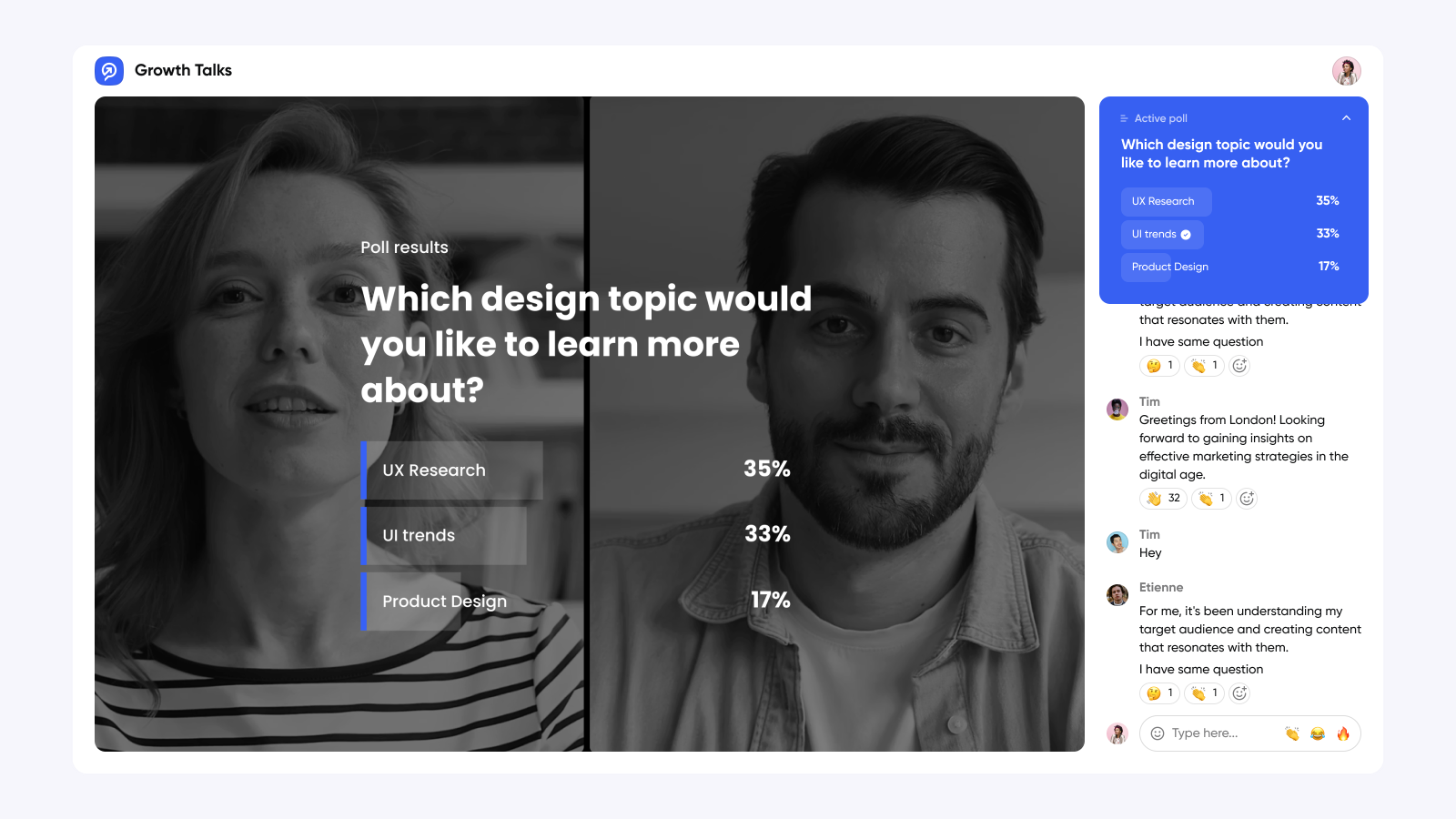
Why webinar product demo scripts deliver superior results: the ultimate solution
Hosting webinars combine the best aspects of every other demo approach – you can reach hundreds simultaneously while maintaining engagement levels that rival one-on-one conversations.
The competitive advantage of webinar-based product demos
Webinars solve the fundamental scalability problem without sacrificing personalization and interaction that drive conversion. Traditional demos are effective but resource-intensive. Video demos scale beautifully but sacrifice two-way communication that builds trust and handles objections.
The real power lies in creating community experiences around your demonstration. When prospects see chat messages from other attendees with similar questions and concerns, they realize they're not alone in their challenges. This social validation is incredibly powerful for overcoming isolation and driving action.
Webinars provide rich data advantages impossible with other formats. Track engagement in real-time, identify most interested prospects based on participation, and gather market intelligence through audience interactions. This isn't just demo delivery – it's market research, lead qualification, and sales acceleration combined.
The platform capabilities of modern webinar tools enable experiences that simply aren't possible in other formats. Interactive polls reveal audience sentiment instantly. Breakout rooms allow for small group discussions within larger presentations.
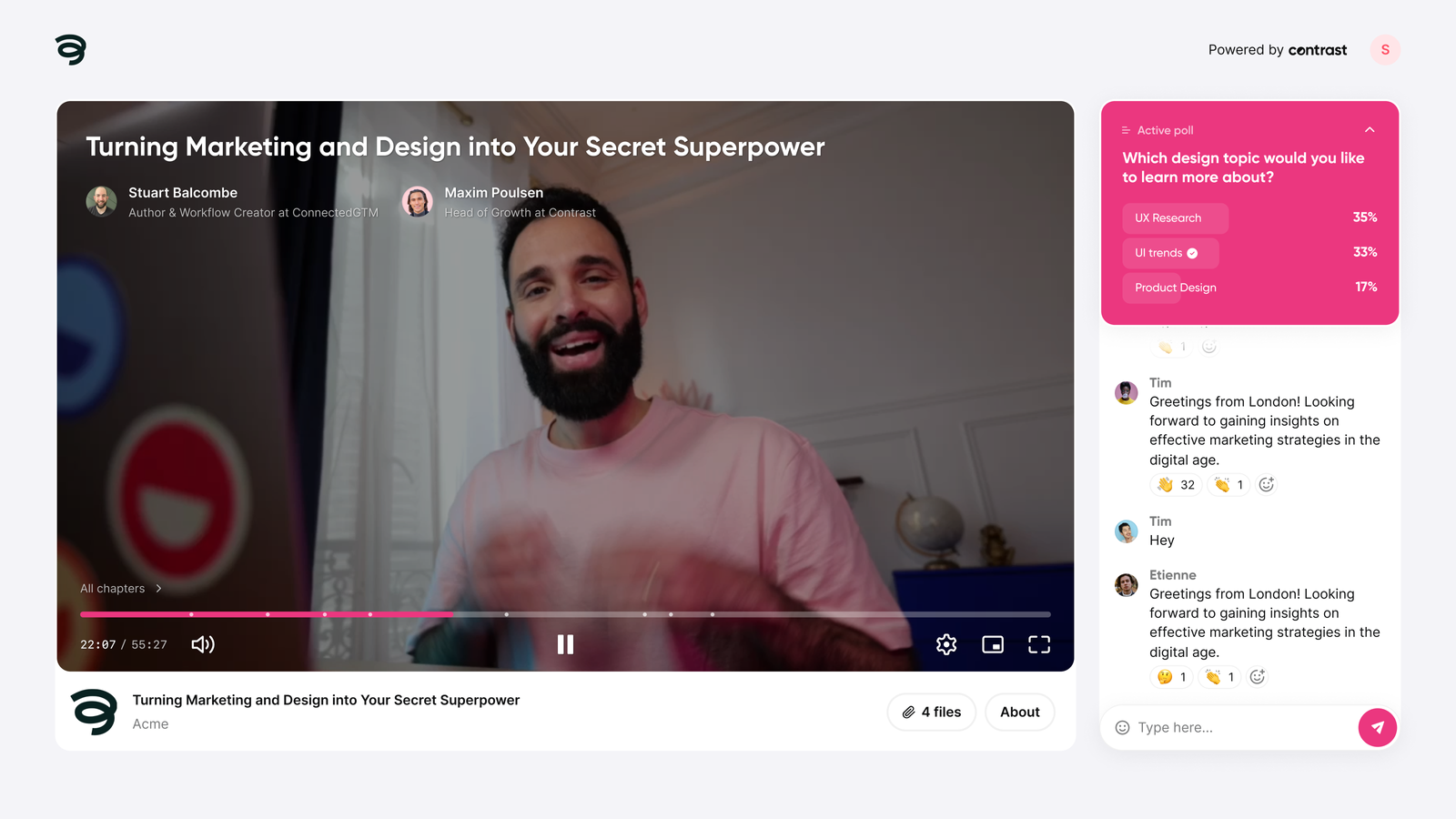
Live vs pre-recorded webinar demo scripts: choosing your winning strategy
Live webinars are like jazz performances – there's energy, spontaneity, and magic when everything clicks. Your script should be flexible, allowing real-time adaptation based on audience energy and questions. The unpredictability creates authentic moments and genuine connections.
Pre-recorded webinars are like symphony performances – every note is perfect, every transition smooth, and delivery consistently excellent. Your script can be more polished, timing more precise, and message more refined. You create the perfect demo experience and deliver it flawlessly every time.
The hybrid approach combines both advantages: pre-recorded content with live interaction capabilities. You get production quality of recorded material with engagement benefits of live chat and Q&A. This approach provides perfected core presentation while maintaining flexibility for specific audience needs.
The choice between live and pre-recorded isn't just about format preferences. Live webinars excel at relationship building and handling complex sales cycles. Pre-recorded webinars dominate at lead generation and global reach.
Webinar demo script optimization for maximum conversions
Modern webinar platforms come loaded with engagement features that other formats simply cannot match. Polls, real-time chat, breakout rooms, and advanced analytics transform your demo from passive presentation into immersive experience.
Your script should leverage these capabilities strategically, not just because they're available. Every poll should advance your narrative, every chat interaction should build community, every breakout session should deepen solution understanding.
The analytics capabilities provide feedback loops that make demos continuously better. See exactly when people drop off, which sections generate most questions, which messages resonate strongest. This data helps refine scripts systematically, turning good demos into conversion machines.
Chat management becomes a crucial script element for webinar success. Include prompts that encourage chat participation and techniques for weaving responses into your presentation flow. The goal is creating conversation rather than broadcast communication.
Product demo script checklist and essential templates
A structured script template ensures consistency across your sales team while providing customization flexibility. These frameworks help you cover essential elements while maintaining natural flow.
Complete demo script template structure
Pre-demo preparation:
- Audience research summary
- Technical setup requirements
- Backup plans for issues
Script framework:
[Hook - 30 seconds]: Attention-grabbing statement
[Agenda - 60 seconds]: 3 main points, duration, key takeaway
[Discovery - 2 minutes]: Current state exploration, pain points
[Solution demo - 8-12 minutes]: Feature showcase with benefits
[Objection handling]: Address 2-3 common concerns proactively
[Value demonstration]: ROI calculations, success examples
[Strong CTA]: Clear next steps with urgency
Script writing checklist
Essential elements:
□ Industry-specific language and examples
□ Questions every 3-5 minutes for engagement
□ Social proof integration (3-5 customer examples)
□ Specific outcome promises with timeframes
□ Multiple CTA options for different readiness levels
□ Smooth transition language between sections
□ Visual cue notes for presenter
□ Timing guidelines for each section
Industry customization focus areas
SaaS B2B: Integration capabilities, security, subscription ROI, implementation timelineProfessional services: Methodology explanation, team credentials, custom solutions, deliverablesE-commerce: Revenue impact, customer experience, competitive advantage, scalability
Value demonstration scripts should include exact ROI language: "Let's calculate together – if your team spends [time] on [task], that's [cost] annually. [Product] reduces that by [percentage], meaning [savings] back in your budget."
Risk reversal language makes decisions feel safer: "We guarantee [specific outcome] within [timeframe], or we'll [specific remedy]."
Script performance measurement and optimization
Effective script writing requires systematic testing and refinement based on performance data. Track which phrases drive engagement, which transitions lose attention, and which closing techniques convert best.
Key metrics for evaluating script effectiveness
Script engagement tracking should focus on specific content elements:
- Question frequency by script section
- Drop-off points correlated to specific content
- Conversion rate differences between script variations
- Follow-up engagement levels after specific segments
Common script writing mistakes include feature-heavy language instead of benefit-focused messaging, poor transition language that creates confusion, and generic scripts that don't speak specifically to audience situations.
Script optimization techniques
A/B testing different script approaches provides concrete data about what language works better. Test opening hooks, explanation sequences, and closing approaches systematically.
Script version control helps track changes, implementation dates, and results. Regular feedback collection should include specific questions about script content effectiveness – which explanations resonated most, which sections felt confusing, which benefits felt most compelling.
Industry-specific demo script best practices and winning strategies
Different industries have distinct cultures, priorities, and decision-making processes. Understanding these unique dynamics affects how decisions get made, what criteria matter most, and what evidence is most convincing.
Your demo script should acknowledge and address industry-specific factors rather than treating all prospects as generic business buyers with universal needs.
SaaS and technology product demo scripts
SaaS product demo videos face unique challenges because audiences often include both technical evaluators needing implementation details and business decision-makers caring primarily about strategic value. Use layered disclosure – high-level workflows for business audiences with opportunities to dive deeper for technical teams.
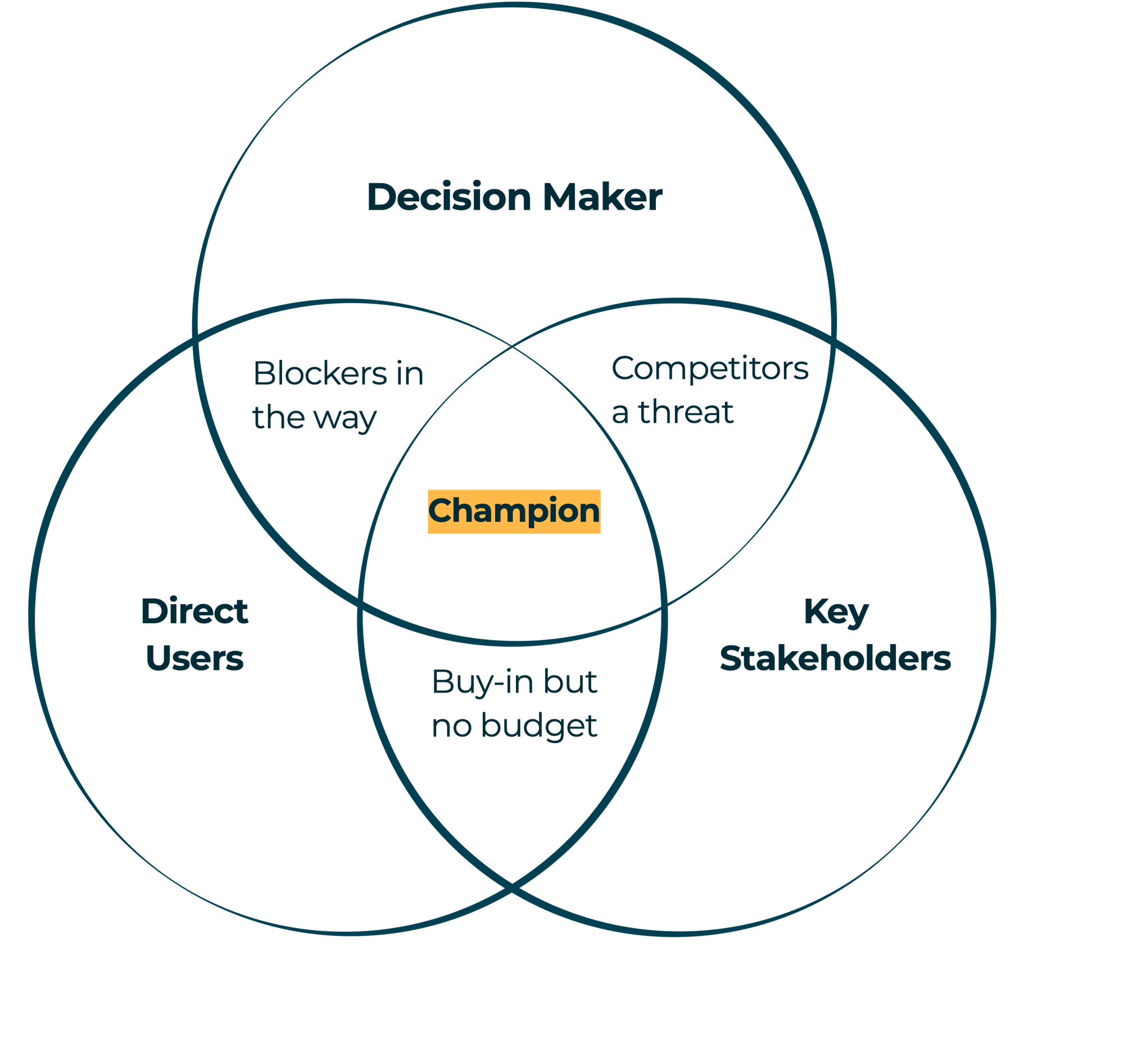
Integration capabilities are often make-or-break factors, so address these proactively. Security and compliance considerations are increasingly important, especially in regulated industries. The subscription nature means emphasizing ongoing value delivery rather than just initial problem-solving.
For B2B SaaS webinar demonstrations, focus on how your software solves specific business problems rather than just showcasing the interface. Demonstrate the product solving real customer challenges with measurable outcomes.
B2B service and consultation demo scripts
Service businesses sell expertise and outcomes rather than tangible products that can be easily demonstrated. Process demonstration becomes crucial because prospects need to understand not just what you'll deliver but how you'll deliver it.
Case study integration provides the best evidence of capabilities and approach. Team introduction helps prospects understand who they'll work with and what qualifications your team brings to their specific situation.
Value measurement and success metrics become critical components. Prospects need to understand how they'll know whether the engagement is successful through clear deliverables and measurable outcomes.
Conclusion: mastering the art of demo script writing
Creating winning product demo scripts isn't about implementing every writing technique discussed – it's about understanding your options, knowing your audience deeply, and crafting the right combination of language, structure, and flow for your specific situation. Like a master playwright who understands that every word serves the story, great script writers know that success comes from executing fundamental principles exceptionally well.
The future belongs to companies that can craft scripts that demonstrate value clearly, engage audiences authentically through written content, and guide prospects smoothly from interest to action through carefully chosen words and phrases. Your demo script is the written foundation that makes this transformation from feature presentation to compelling story possible and repeatable across your sales team.
And with 80% of B2B sales interactions expected to occur digitally in 2025, there's never been a more critical time to master compelling, conversion-driven demo scripts. Start with the script frameworks and language templates that resonate most with your current challenges. Test different versions with real audiences, measure which specific script elements drive the best results, and refine your written content based on actual performance data rather than assumptions about what should work. Remember that the best demo script is always the one that consistently converts prospects into customers through the power of well-crafted, purposeful language.

